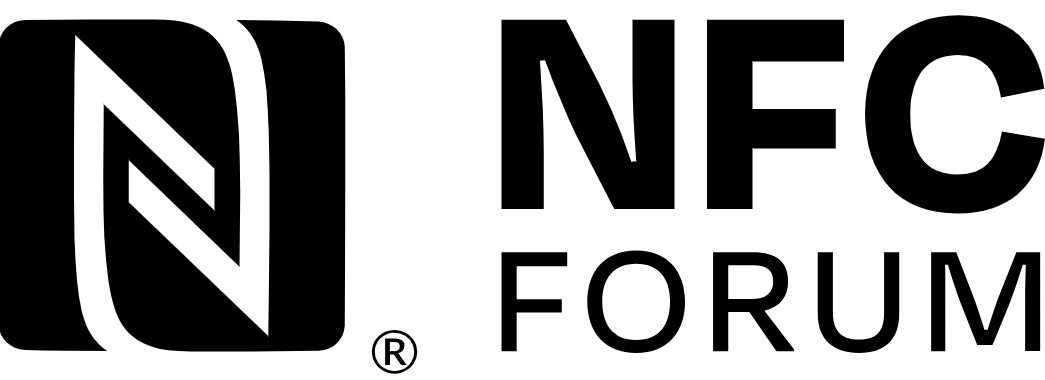The NFC Forum, the global standards body for near-field communication (NFC) technology, has announced the launch of its latest certification programme, Certification Release 15 (CR15), alongside its earlier technical specification NFC Release 15. The new CR15 certification marks a significant milestone in the evolution of NFC technology, enabling contactless interactions at an extended read range of up to 20 millimetres (mm), which is four times the operating volume previously certified.
Under the CR15 test programme, device manufacturers, reader and tag-makers, and other stakeholders are able to validate conformance of generic device classes (mobile, reader, card emulation, universal devices) to the new “OV20” operating volume. This builds on the previously certified “OV5” baseline, thereby ensuring backward compatibility with existing devices while establishing a new performance baseline for contactless operations.
At a personal level, the move has clear implications for user experience. By allowing NFC-certified devices to work at a distance of up to 20 mm (approx. 0.8 inches) instead of the earlier 5 mm or so, alignment precision becomes significantly less critical, making interactions smoother, faster and more reliable. For sectors such as access control, automotive digital keys, wearables, transit ticketing and smart home applications, this enhanced range opens up new possibilities. As the Forum notes, “using your mobile phone as a digital key to unlock your car, or a smartwatch as your transport ticket” becomes more practical with the extended range.
From an industry perspective, the NFC Forum is backed by a roster of major technology companies (including Apple Inc., Google LLC, Huawei Technologies Co., Ltd., NXP Semiconductors N.V., Sony Group Corporation, STMicroelectronics N.V. and others) which lends strong credibility and industry momentum to the rollout of this certification regime.
For device makers and system integrators, the key takeaway is that CR15 provides a mark of trust and compliance. Once a product has successfully undergone the CR15 testing process, it may bear the NFC Forum Certified mark and thereby signal to relying parties (e.g., OEMs, service providers, transit operators, automotive manufacturers) that the device will behave reliably within the extended read-range environment. This is important for establishing interoperability, user confidence and consistent experience across ecosystems.
There are also broader market implications. By increasing the certified range for NFC interactions, the technology becomes more capable for next-generation use cases which demand less precise positioning and faster recognition. For example, wearables like smartwatches or rings, where physical alignment may be more challenging; or automotive applications where the device may not be placed exactly at a tag location but still needs to trigger reliably; or transit gates where speed and throughput are critical. The extended range helps accelerate NFC’s competitiveness against other proximity technologies. The NFC Forum note that they are “providing a platform for fellow industry consortiums to build on, notably the Intelligent Car Connectivity Ecosystem Alliance (ICCE) in its mission to create an enhanced digital car key that guarantees a reliable connection”.
From the standpoint of the hospitality and logistics sectors (areas of interest for our business), the implications are also significant. The improved read-range means that tags embedded in assets, such as smart luggage, hotel room access keys, conference badges or touring-caravan systems (as an example rather than digital keys) can be read more reliably and without the end-user needing to place the device with pinpoint precision. This improves usability, reduces customer friction and supports wider adoption of NFC in asset tracking, guest engagement (via NFC taps), and smart-environment interactions.
However, there are some practical considerations. Firstly, manufacturers must achieve CR15 certification which involves testing to the updated specification. Secondly, it remains to be seen how quickly the ecosystem (tag makers, reader modules, device OEMs) will adopt the new standard and transition from older certified ranges. Thirdly, while 20 mm is the certified baseline, real-world performance will also depend on device hardware, tag design, environmental factors (metal, orientation, interference), and regulatory constraints. Lastly, while the new standard is backward compatible, it remains to be confirmed how older deployed infrastructure will interoperate seamlessly in upgraded environments.
In conclusion, the NFC Forum’s launch of Certification Release 15 is a strong signal that NFC technology is evolving to meet higher usability, reliability and range requirements. For organisations developing contactless solutions—whether in automotive, hospitality, transit, IoT, asset tracking or access control—this development warrants attention. The extended read-range opens new use-case potential while maintaining the established interoperability and standards compliance that the NFC Forum has championed. With CR15 now available, device makers and system integrators have a clear roadmap for deploying next-generation NFC interactions that deliver a superior user experience.
Read more about this on NFC Forums news feed
